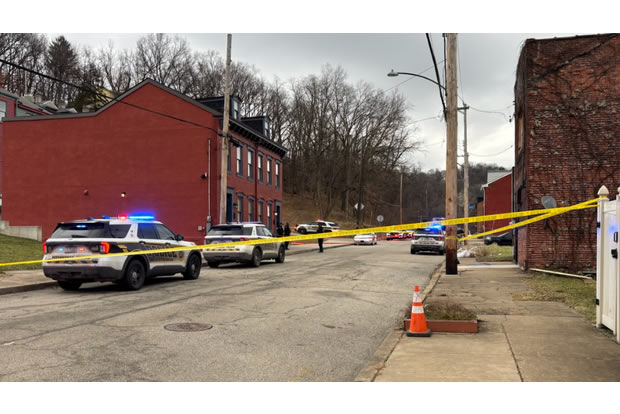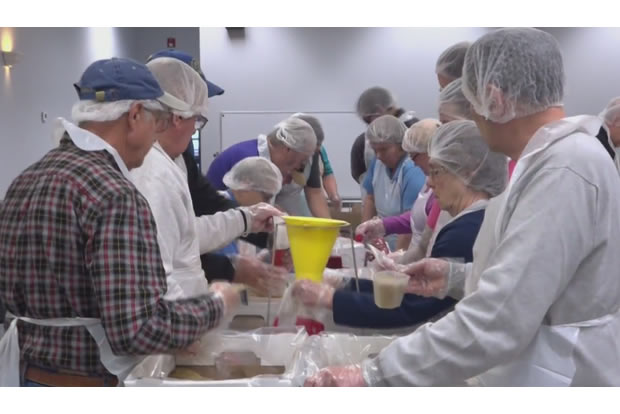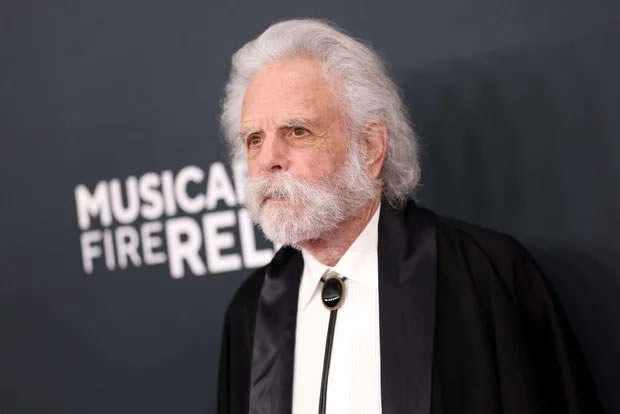Sina Technology News Beijing October 5th news, the 2020 Nobel Prize in Physiology or Medicine announced: Harvey J. Alter, Michael Houghton and Charles M. Three of Rice won the award, and the reason for the award: Hepatitis C virus was discovered.
For the first time in history, the hepatitis C virus can now be cured. The discoveries of the 2020 Nobel Prize winners in Physiology or Medicine revealed the causes of the remaining cases of chronic hepatitis and made blood tests possible. New drugs have also saved millions of lives. This year’s Nobel Prize in Physiology and Medicine was awarded to three scientists who have made decisive contributions to the fight against blood-borne hepatitis. Hematogenous hepatitis is a major global health problem that causes cirrhosis and liver cancer in people all over the world.
Harvey J. Alter, Michael Houghton, and Charles M. Rice’s major discovery allowed us to identify a new virus, the hepatitis C virus. Prior to their work, although the discovery of hepatitis A and hepatitis B viruses was crucial, most cases of blood-borne hepatitis remained unexplainable. The discovery of the hepatitis C virus revealed the cause of the remaining cases of chronic hepatitis, and made blood tests and new drugs possible, thus saving millions of lives.
There are two main forms of hepatitis. One is the acute illness caused by the hepatitis A virus, which is spread through contaminated water and food. The other is caused by hepatitis B virus or hepatitis C virus (this year’s Nobel Prize). This blood-borne hepatitis is usually a chronic disease and may develop into cirrhosis and hepatocellular carcinoma.
Hepatitis-a global threat to human health
Hepatitis is a combination of the words “liver” and “inflammation” in Greek. Hepatitis is mainly caused by viral infection, but alcoholism, environmental toxins and autoimmune diseases are also important causes. In the 1940s, it was discovered that there were two main types of infectious hepatitis. The first is hepatitis A (hepatitis A), which is spread through contaminated water or things, but has little long-term effects on patients. The second type is mainly spread through blood and body fluids. Because it can lead to chronic diseases and develop into cirrhosis and liver cancer (Figure 1), this type of hepatitis is more threatening. This type of hepatitis is recessive, because it may take many years for healthy individuals to develop serious complications after being infected. Blood-borne hepatitis is associated with high morbidity and high mortality, causing more than one million deaths worldwide every year, making it a global health problem comparable to HIV infection and tuberculosis.
Introduction of winners:
Harvey J. Alter was born in New York in 1935. He received his medical degree from the University of Rochester School of Medicine and received training in internal medicine at the Strong Memorial Hospital and Seattle University Hospital. In 1961, he joined the National Institutes of Health (NIH) as a clinical assistant. After several years at Georgetown University, he returned to NIH in 1969 and joined the Department of Transfusion Medicine at the clinical center as a senior researcher.
Michael Houghton was born in England. In 1977, he received his doctorate from King’s College London. In 1982, he joined G. D. Searle & Company, and later worked at Chiron in Emeryville, California. He moved to the University of Alberta, Canada in 2010, and is now an outstanding research professor in Canada, focusing on virology; he is also the “Professor Li Ka-shing” at the University of Alberta and concurrently the director of the Li Ka-shing Institute of Applied Virology.
Charles M. Rice was born in Sacramento in 1952. In 1981, he received his doctorate from California Institute of Technology and received postdoctoral training during 1981-1985. In 1986, he established his own research group at Washington University School of Medicine in St. Louis and became a full-time professor in 1995. Since 2001, he has been a professor at Rockefeller University in New York. From 2001 to 2018, he served as the scientific and executive director of the Rockefeller University Hepatitis C Research Center and is still working at the center.















+ There are no comments
Add yours